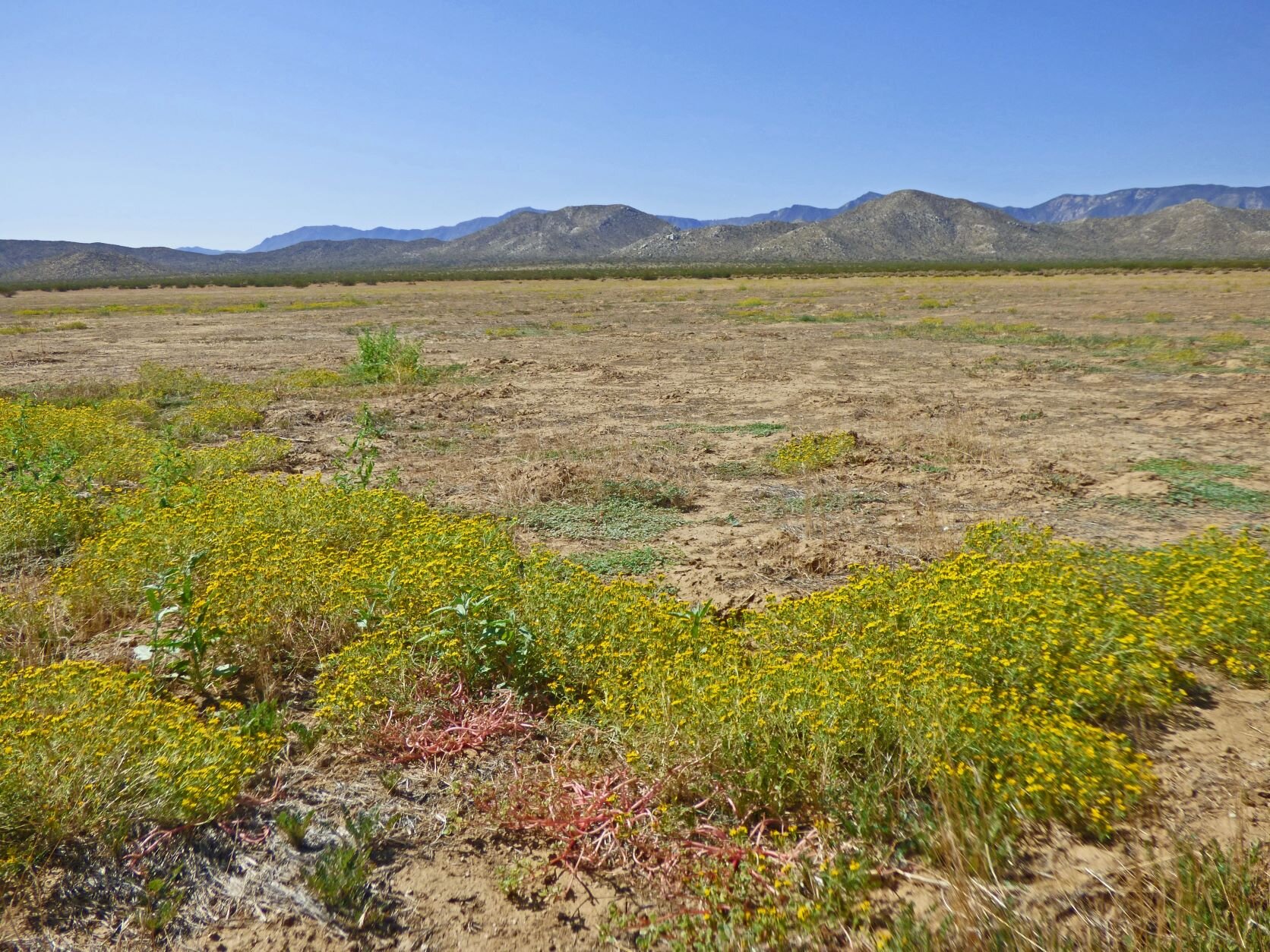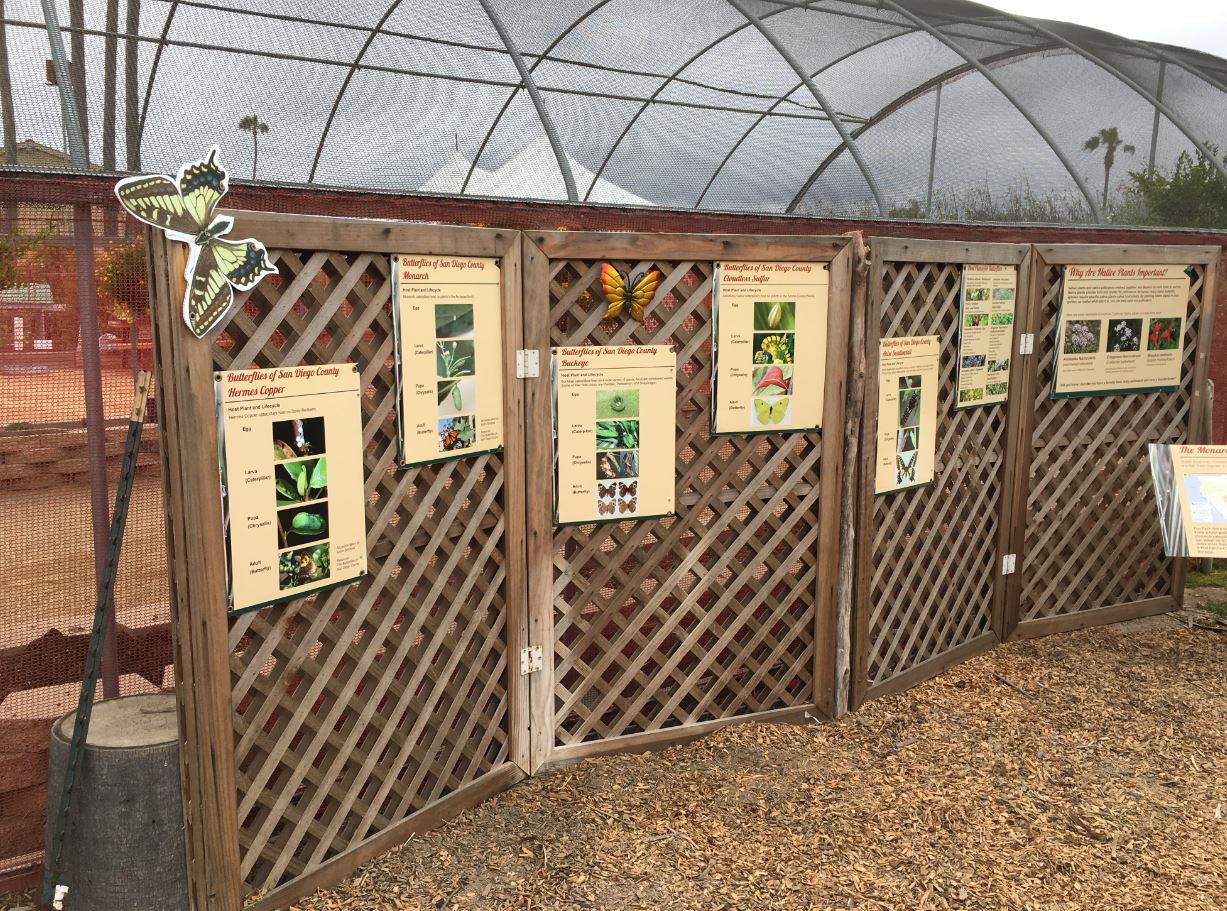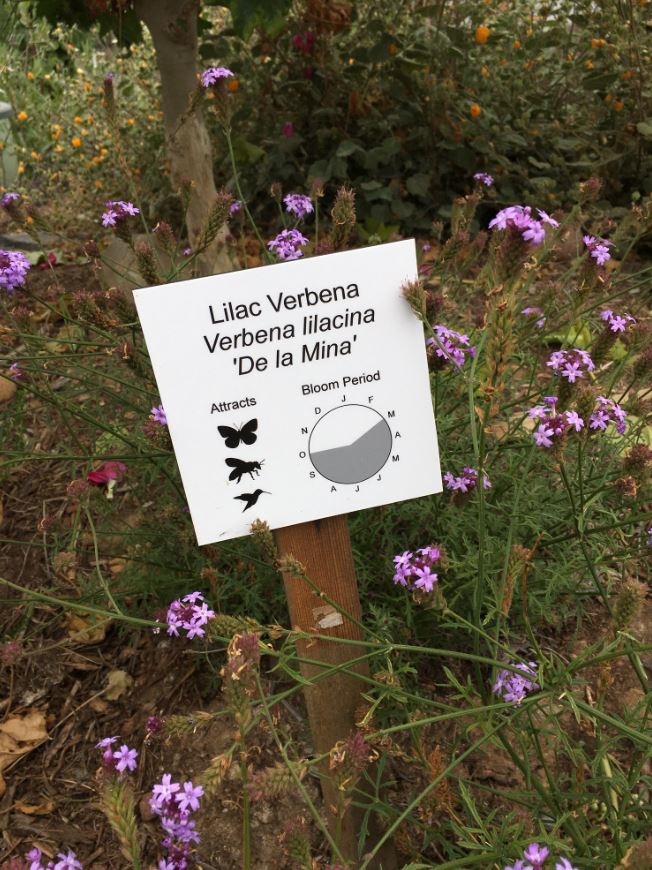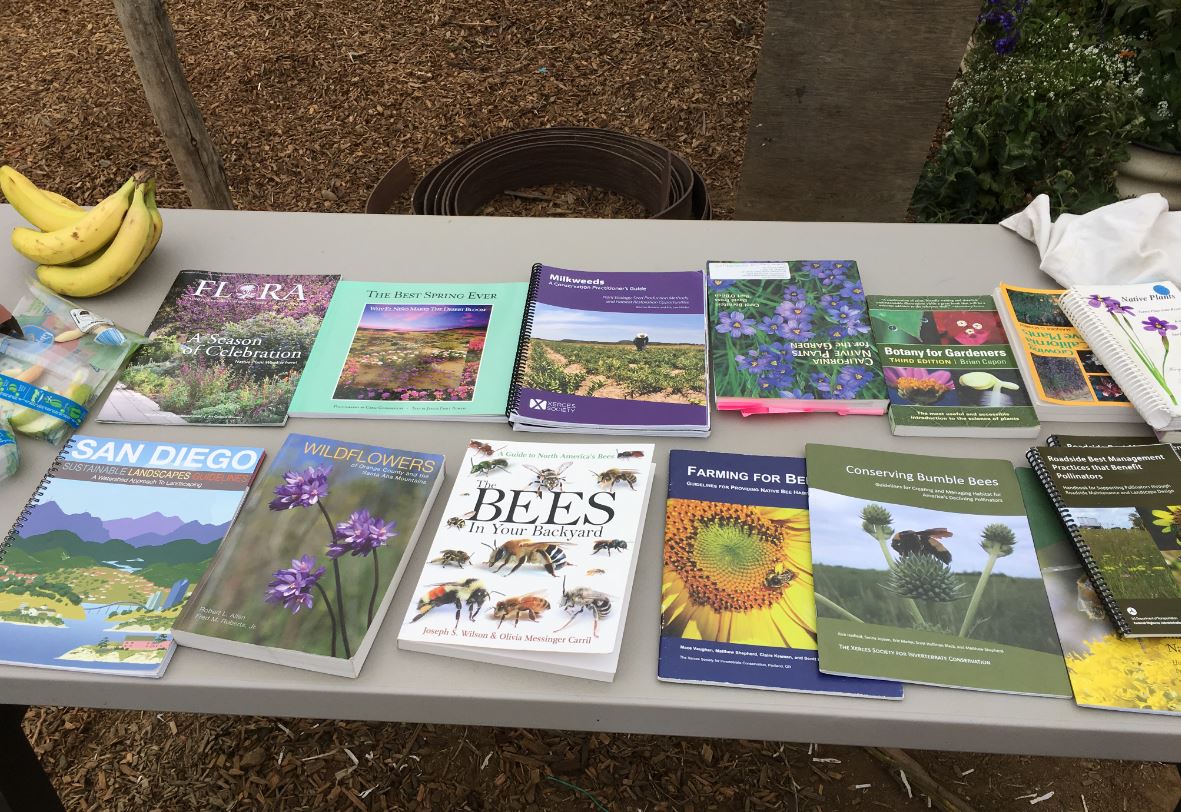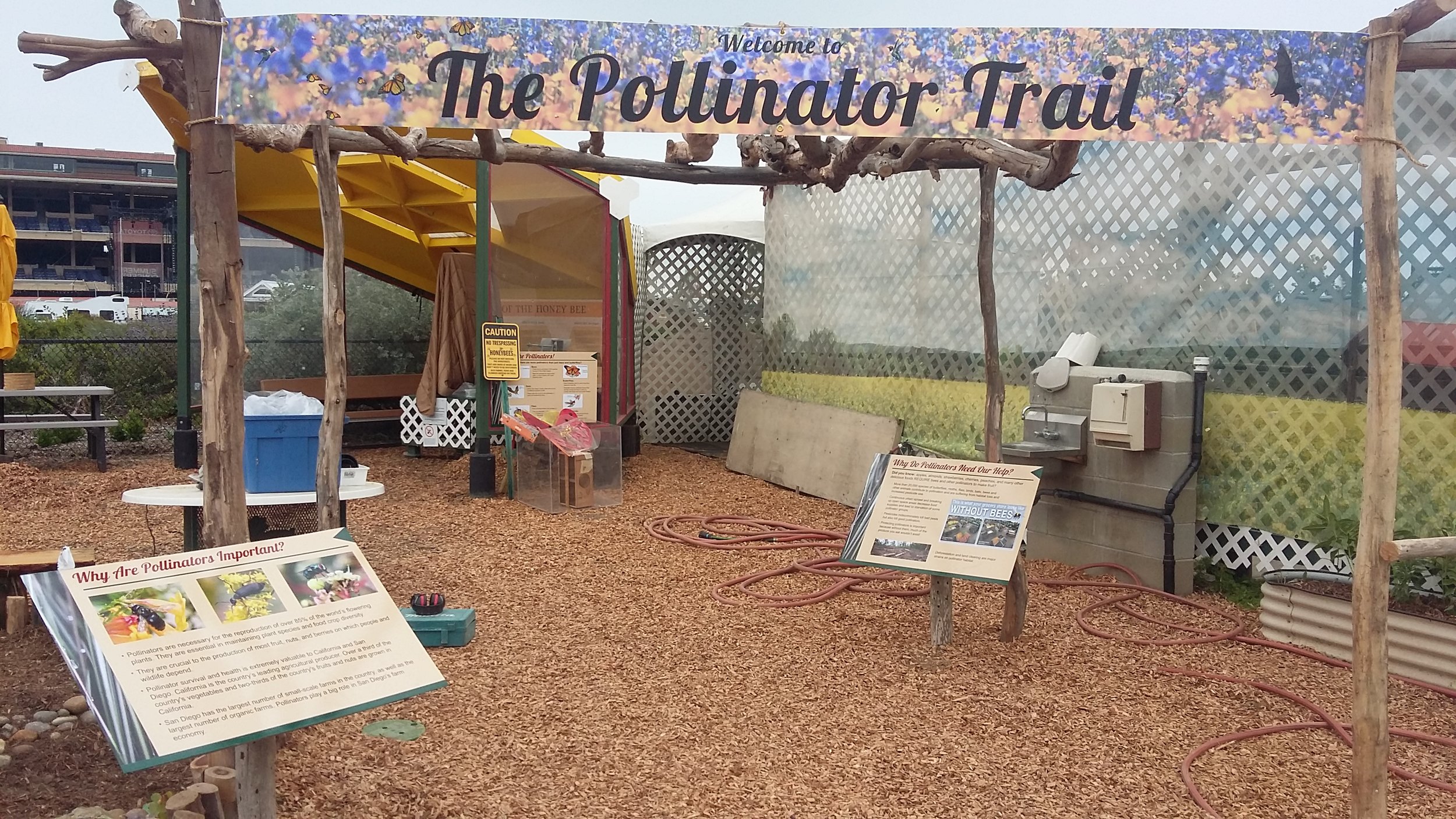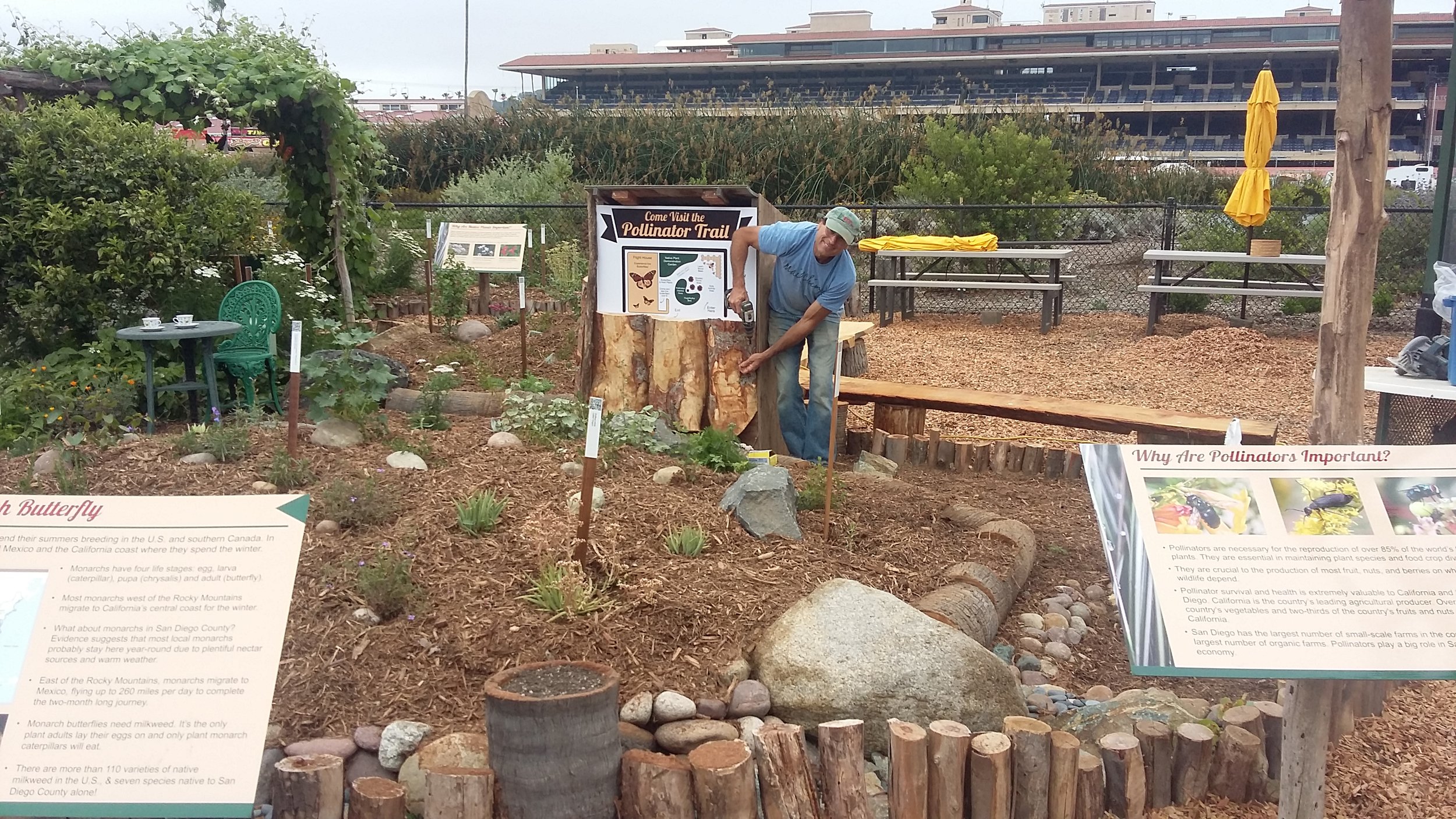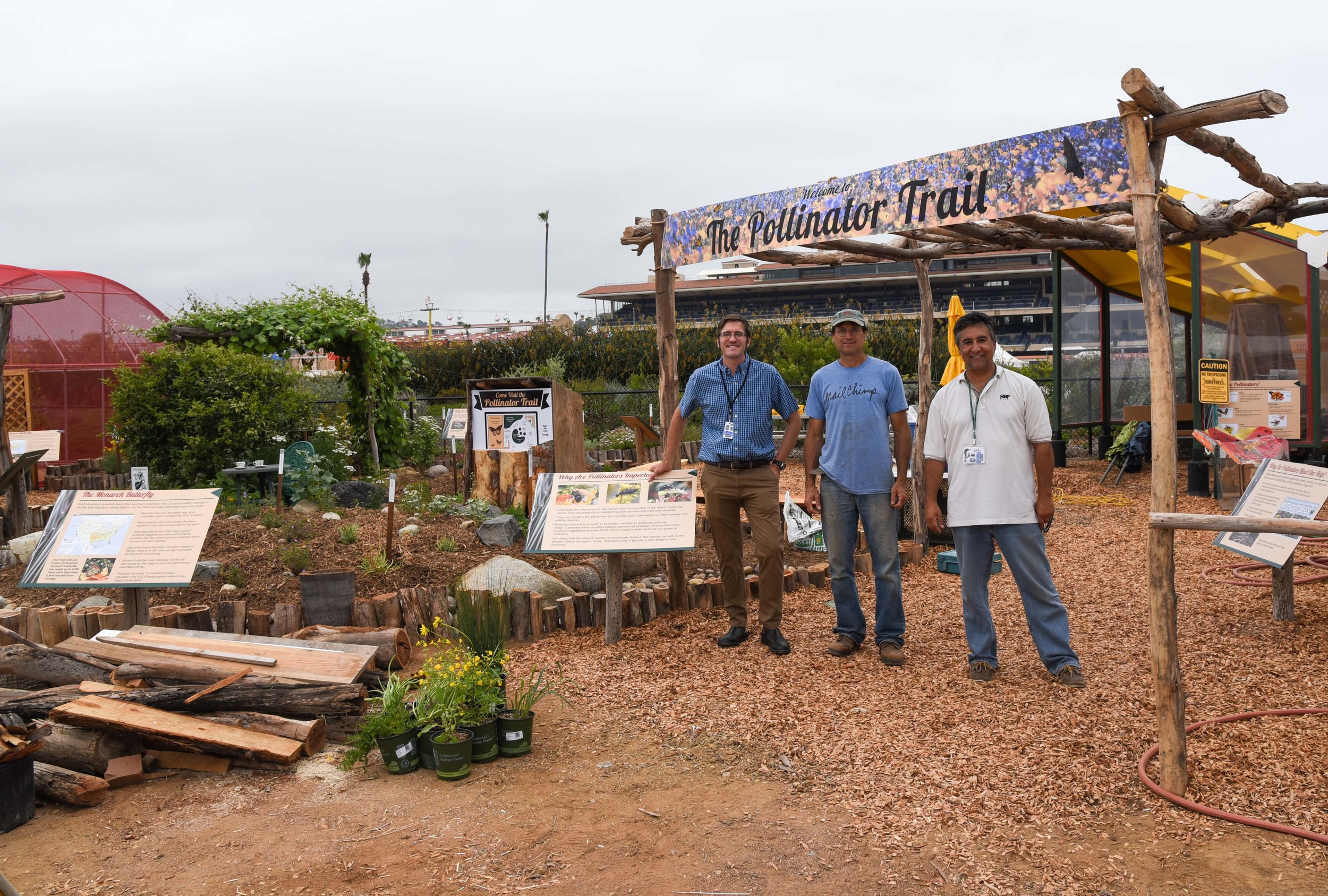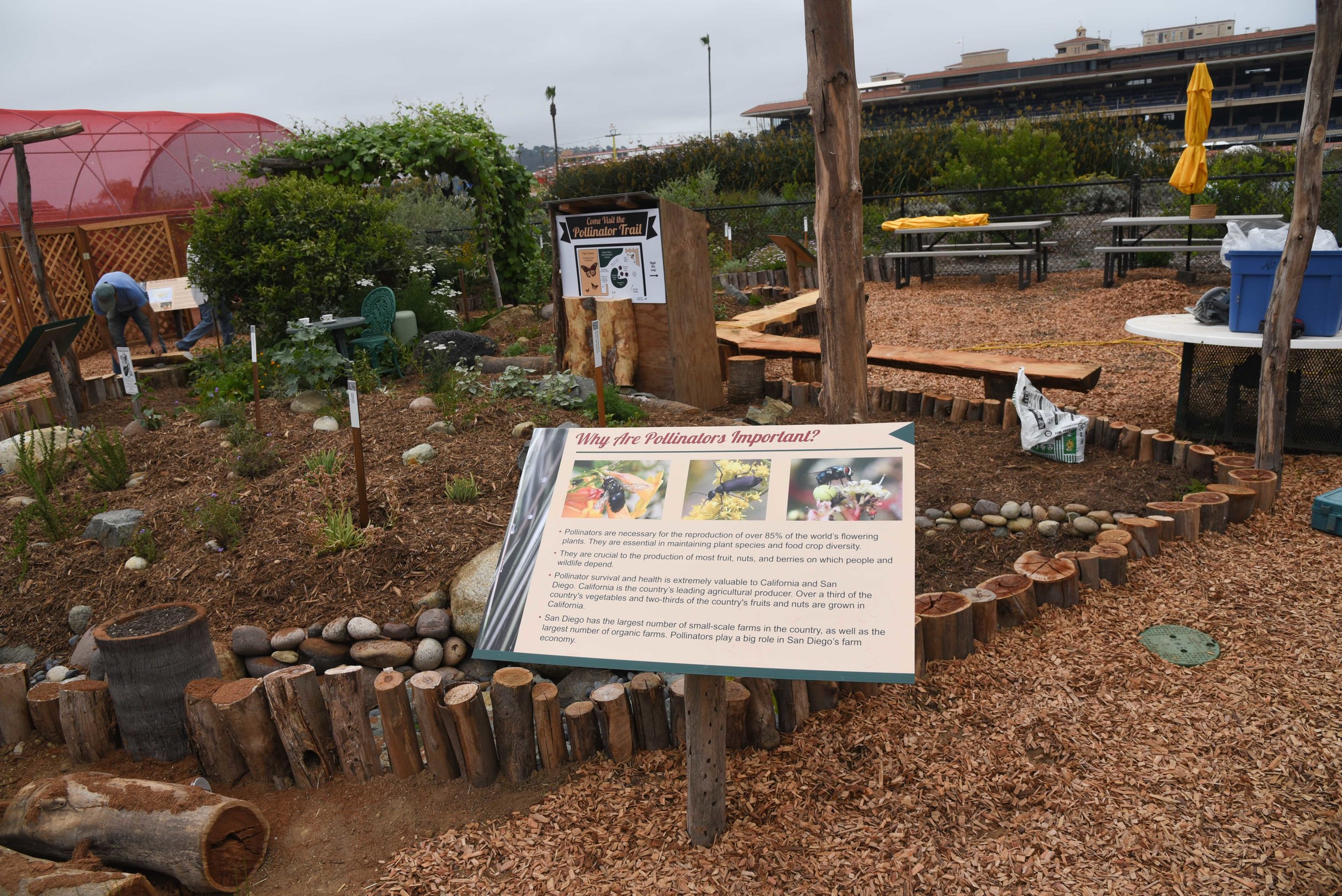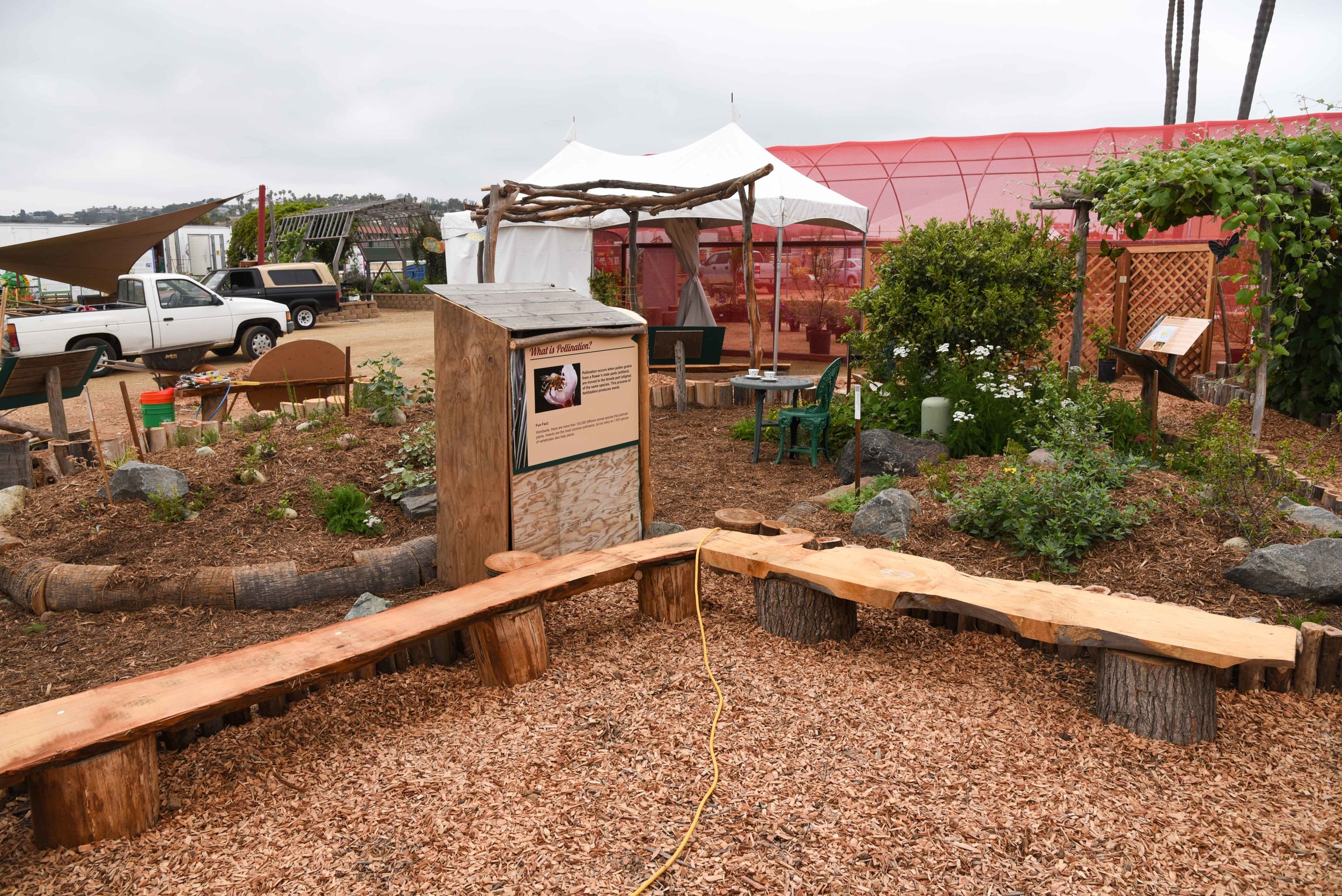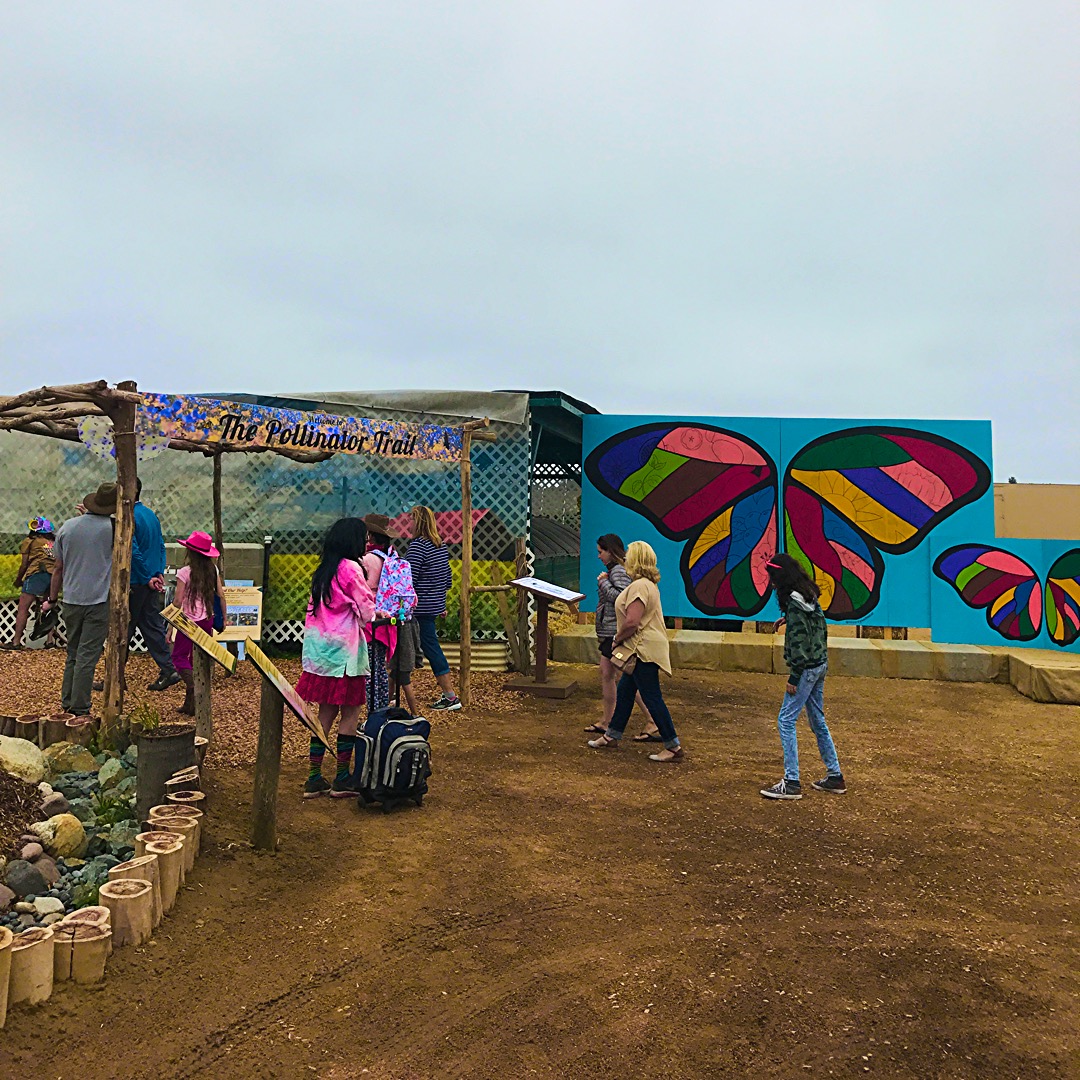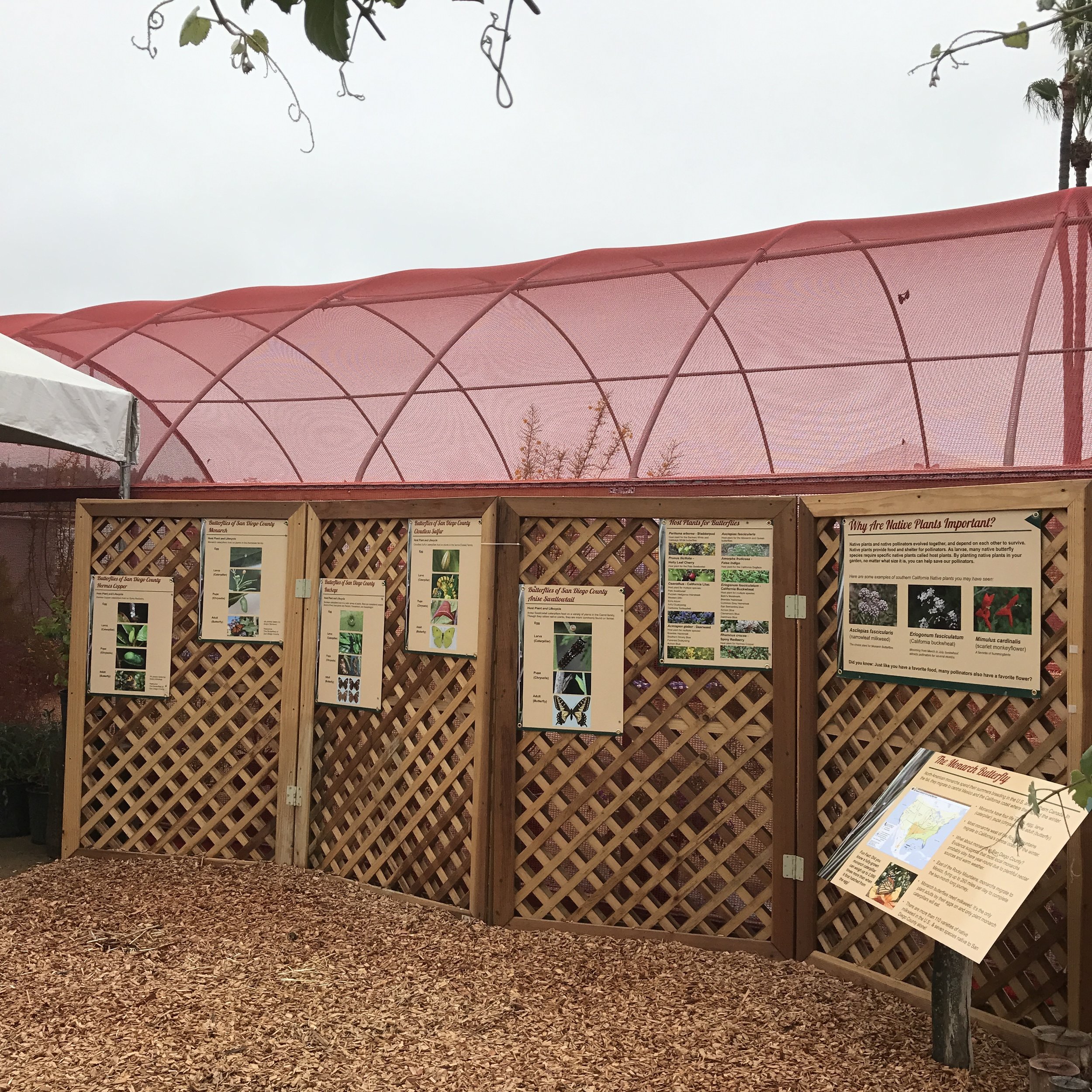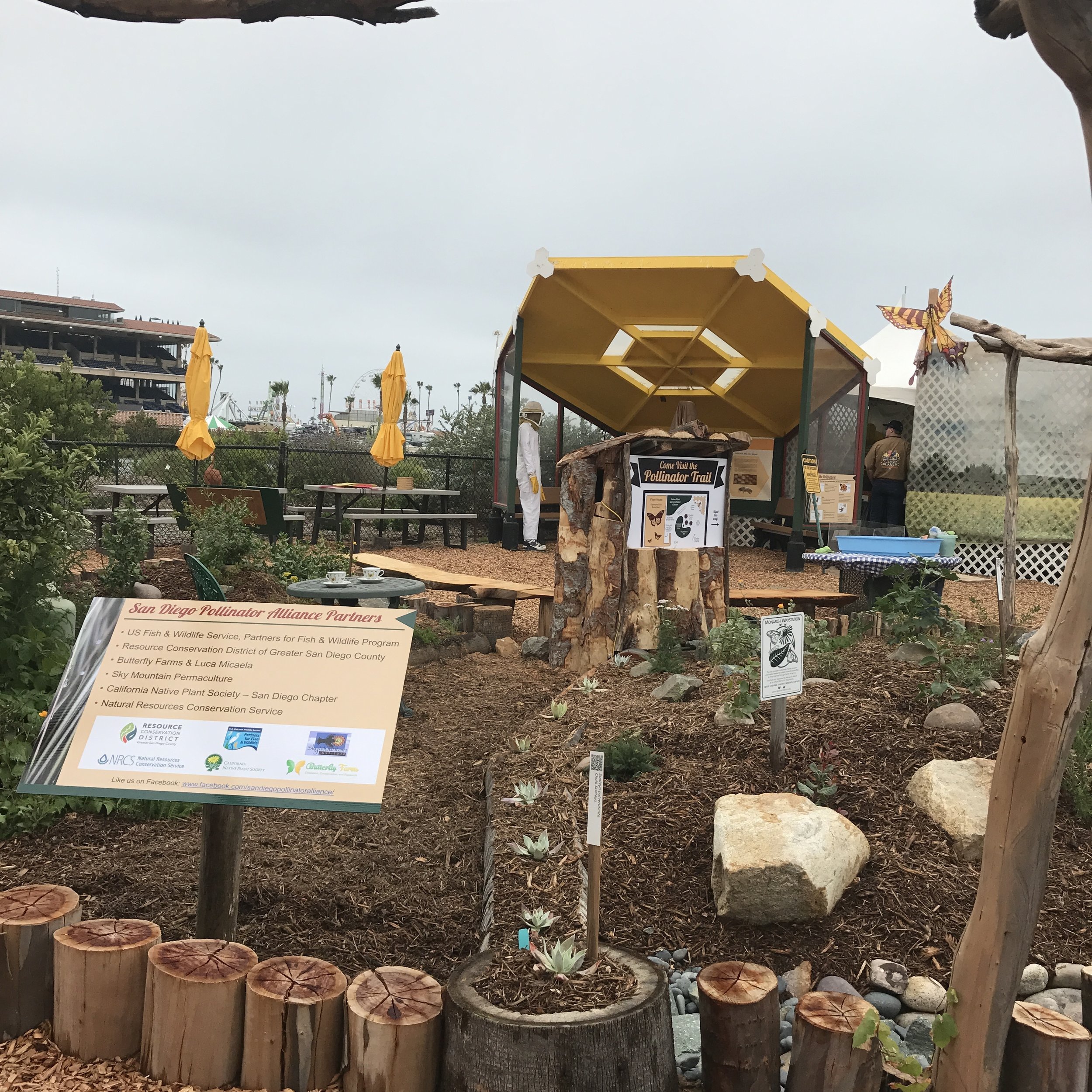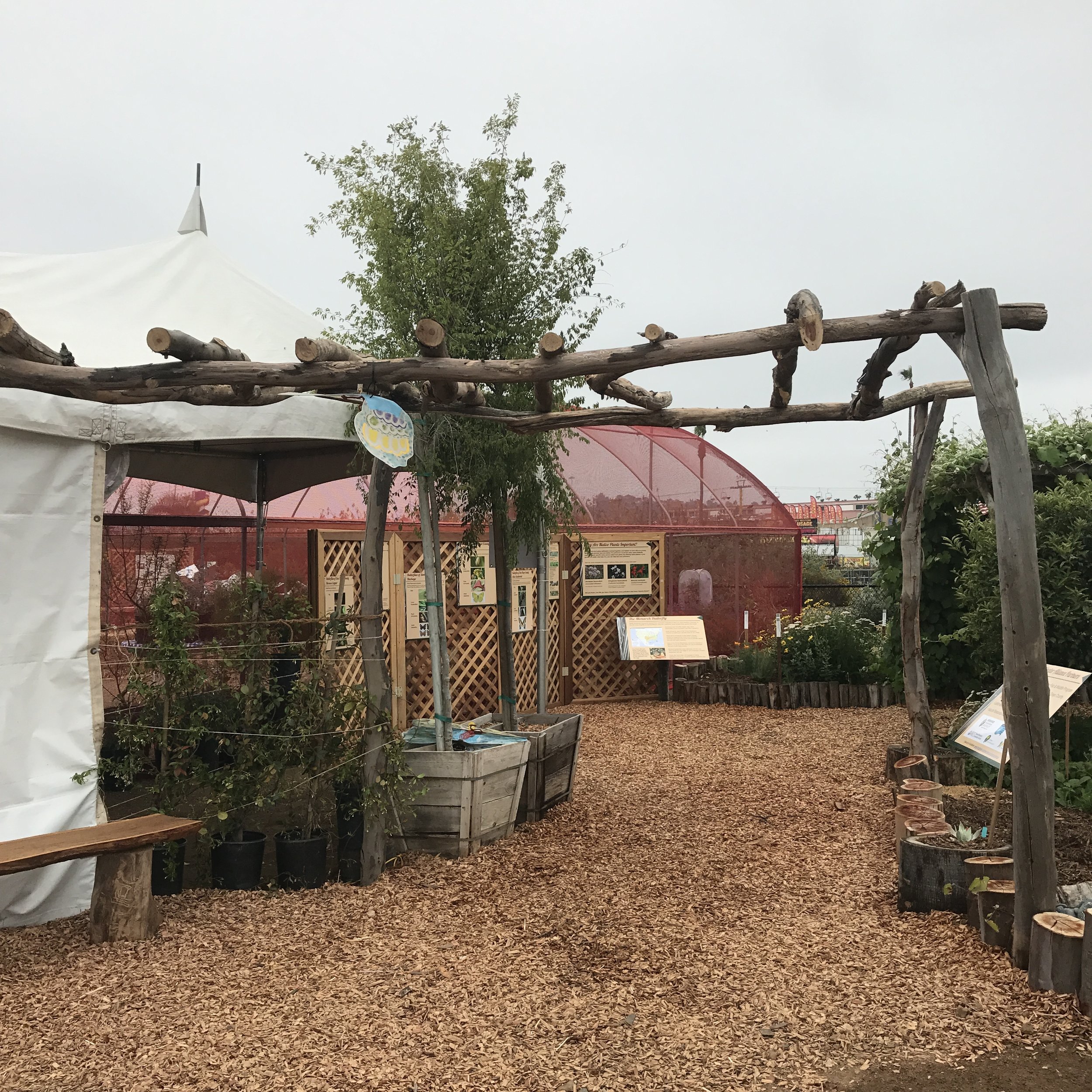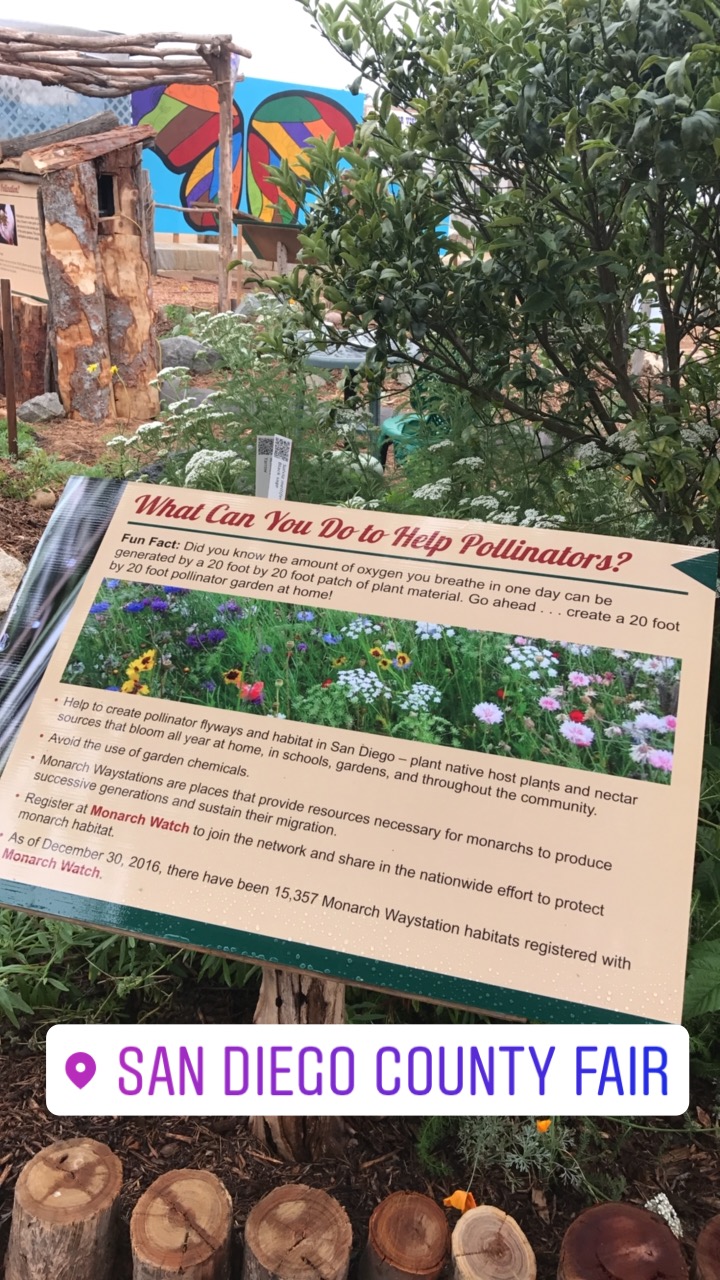By Christine Hoey, Co-chair Native Garden Committee
The Bird Park Fundraiser Dry Stream Bed Design 101 on November 13th was sold out and was a big success! Native Garden Committee (NGC) members Greg Rubin and Leo Hernandez with California’s Own Native Landscape Design and Debbie O’Leary with Coastal Landscape Design guided the group through the art of placing boulders and cobble to create a natural looking dry stream bed. There were 48 attendees and volunteers who completed 2 dry stream beds in the NGC Adopt-A-Plots. The next step will be planting natives in the plots, date TBD.
click on photos to enlarge
Thank you: We would like to give a big thank you to the following:
● Greg Rubin and Leo Hernandez with California's Own Native Landscape Design for donating their time, expertise, back saving excavator and bender board repair to this project.
● Debbie O'Leary with Coastal Garden Design for creating the landscape plan featuring the dry stream beds and her expert hands-on assistance. Also, thanks to Greg Rubin for his assistance in converting Debbie's plan into a CAD program and advice on native plant selection.
● The Association for Professional Landscape Design (APLD) for sponsoring lunch.
● Southwest Boulder and Mark Spitzer for their cobble donation.
● Lucy Warren for her assistance with Balboa Park's Adopt-A-Plot Program and San Diego City Parks & Recreation.
● San Diego City Parks & Recreation & Balboa Park for facilitating the transport of boulders used in this project.
● And especially our NGC volunteers who spent hours weeding these plots, carrying cobble to the site, and assisting with the workshop. Such a great team to work with!
If you would like to support our project, we are still accepting donations which are tax deductible at this link: Bird Park Donations. Funds will go towards the purchase of native plants, mulch, a water feature for birds and pollinators and a “Friendship” bench.
To see more photos of the event click here.



